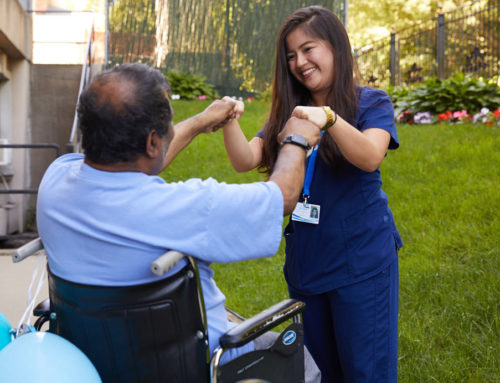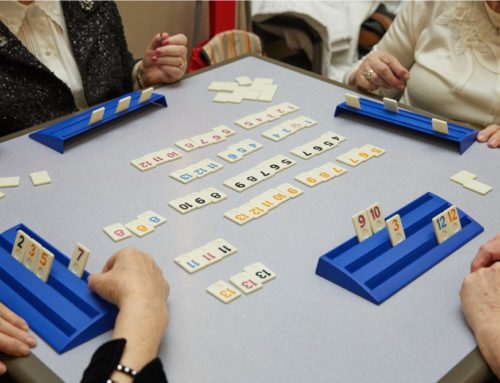Diabetic Neuropathy Complications: 4 Things to Avoid
One of the reasons why diabetics need to keep a close eye on their blood sugar levels is because there’s a risk that they’ll develop diabetic neuropathy complications. In short, it refers to nerve damage that’s linked to your blood sugar levels being out of whack for too long.
The good news is that physical therapy and lifestyle changes can help. While the damage can’t be cured, complications can be prevented, and the symptoms can be managed.
Managing Diabetic Neuropathy Complications
To prevent diabetic neuropathy complications from turning into a bigger problem, here are four things to avoid:

1. Consuming sugar
While avoiding sugar sounds like common sense (especially to a diabetic), there’s more to it. A diet that’s high in sugar can also cause chronic inflammation. Aside from pain (one of the more common symptoms of inflammation), it can also lead to a host of other symptoms like digestive issues and mood disorders. It’s also linked to frequent infections.
To help you limit your sugar intake, it’s key that you know the different names of sugar. Glucose and fructose are just two of the more common alternative names. Knowing all the sources and forms of sugar will help you to identify concealed sugar. For example, if a food label lists fructose, you’ll know that this food item should also be consumed in moderation.
2. Wearing tight socks or shoes
Amputations are one of the common diabetic neuropathy complications. If the patient has experienced nerve damage, it can lead to loss of feeling in the feet (referred to as peripheral neuropathy). Apart from the inconvenience, this loss of feeling can cause serious complications. An ulcer caused by tight shoes can easily go unnoticed and untreated which increases the chance of developing a serious infection.
In some instances, nerve damage can also change the shape of your feet. As such, it’s key that you regularly check that your shoes still fit properly.
3. Exercising incorrectly
While diabetics are encouraged to exercise regularly, those who’ve developed diabetic neuropathy complications should practice caution. Very strenuous activity is most of the time discouraged. Instead, light to moderate activities like walking and cycling are advised.
The type of exercise also depends on the specific diabetic neuropathy complication. For example, if your peripheral nerves have been damaged, not only will you have to think about the type of exercise, but also the timing. In this case, exercising in extreme heat or cold is discouraged. You’ll also need to check your feet daily and avoid exercising whenever you have an open sore or foot injury.
4. Risks of fall
Diabetics suffering from peripheral neuropathy aren’t just at increased risk for developing infections, but also for falling. The loss of sensation in the feet can also play havoc on their balance which could put them at an increased risk for falling. Combine that with other common diabetic neuropathy complications like vision loss and the risk becomes even more real.
As such, diabetics should be extra careful when participating in activities that are associated with a high risk of falling. They can also be proactive and participate in lower limb strengthening and aerobic exercises which can improve their balance.
Resources:
https://diabetes.org/about-diabetes/complications/foot-complications
https://diabetes.org/health-wellness/fitness/exercising-diabetes-complications
https://pubmed.ncbi.nlm.nih.gov/27825536/
This article is for educational and informational purpose only and does not substitute for professional medical advice. For any questions about your own health condition, speak to a qualified physician or healthcare provider.







Leave A Comment